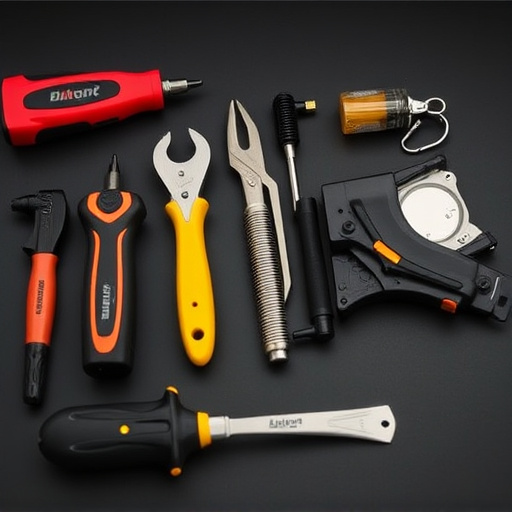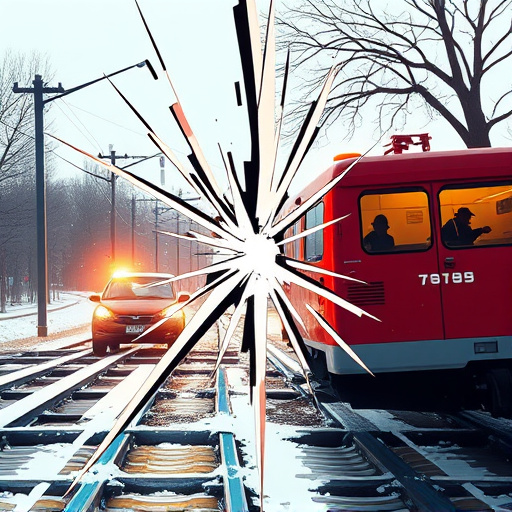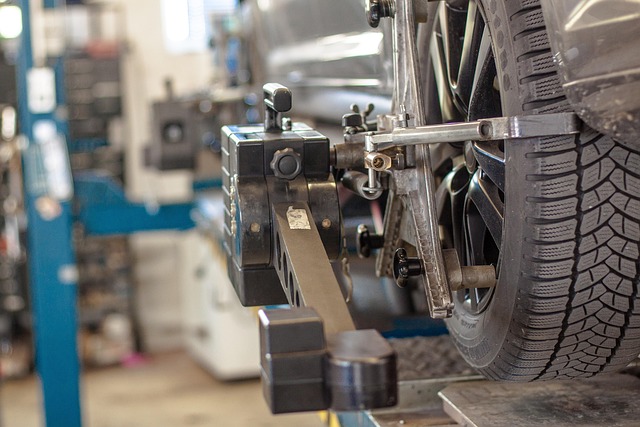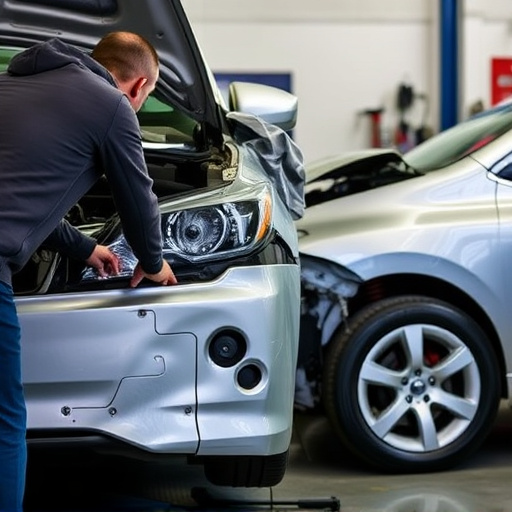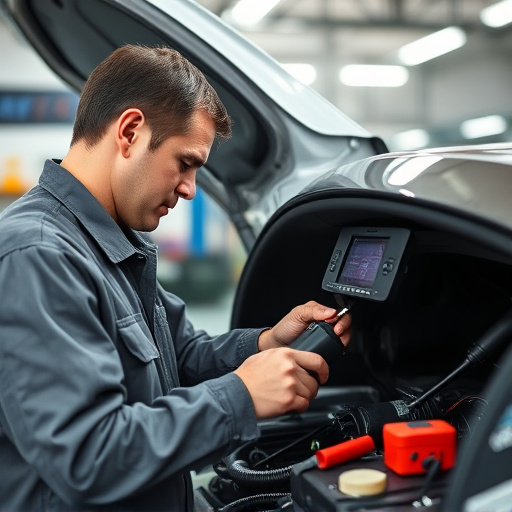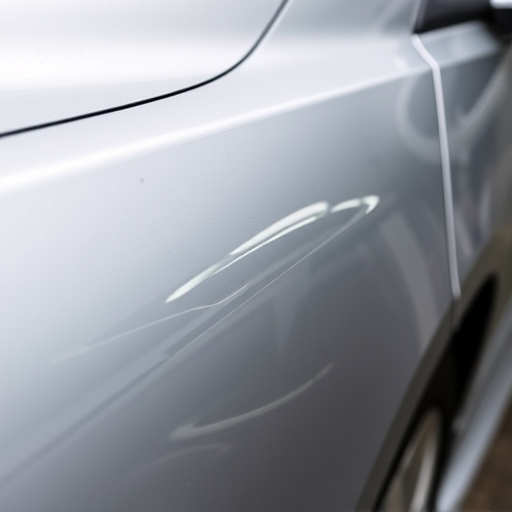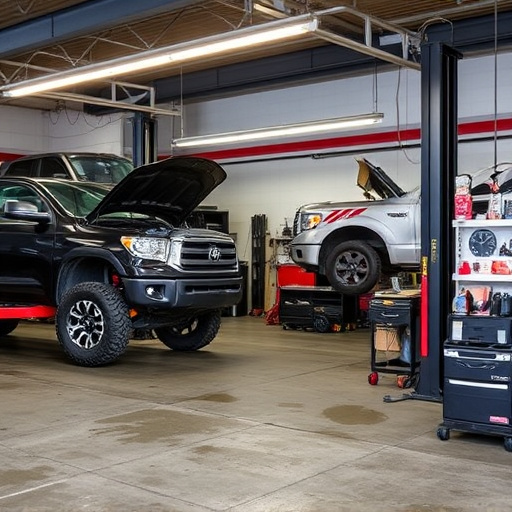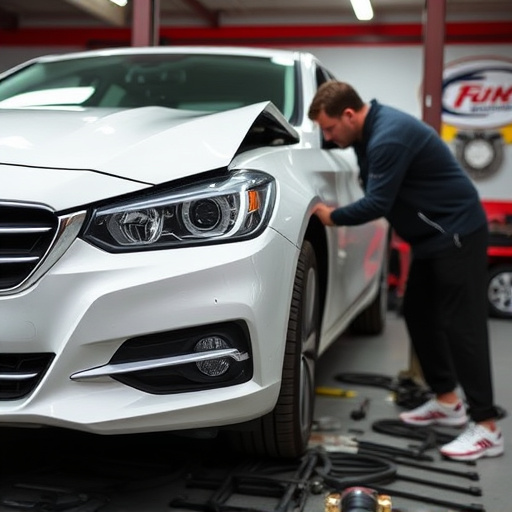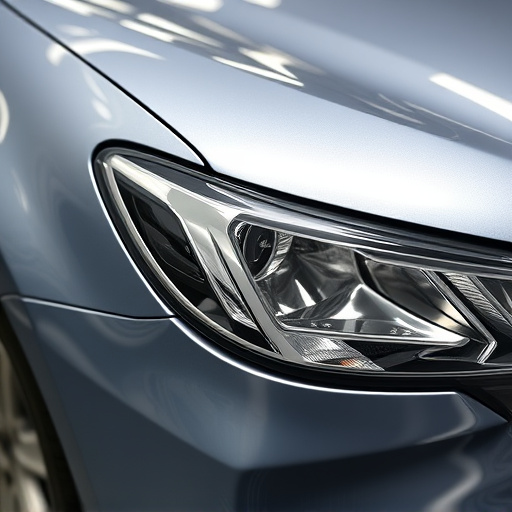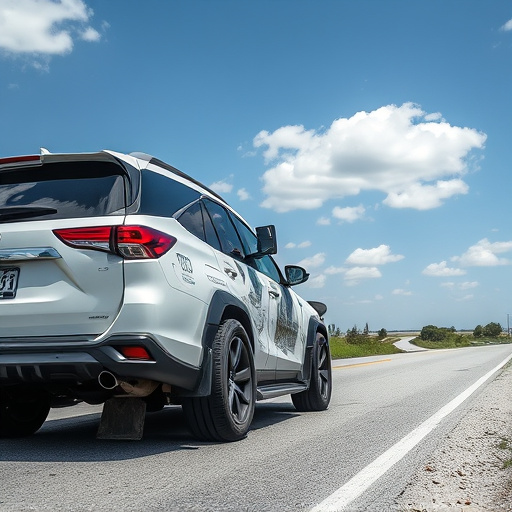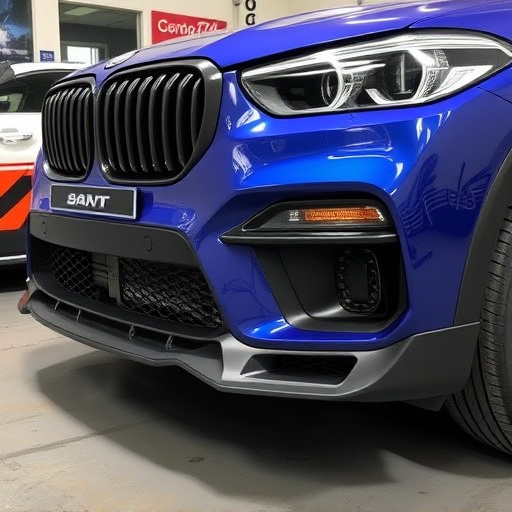Automotive paint types vary greatly in composition, application methods, and curing processes, each offering distinct advantages for different needs. Selecting the right type is crucial for achieving durable, visually appealing finishes, considering factors like repair process, aesthetics, and environmental conditions. Curing times range from quick room-temperature drying to slow heat/UV exposure, impacting performance and resistance to damage over time. Understanding these variations ensures high-quality, long-lasting auto body repairs that maintain structural integrity while enhancing aesthetic appeal.
Uncovering the nuances in how different automotive paint types cure is essential for achieving optimal results. This article delves into the unique characteristics of various automotive paints, exploring their distinct curing processes. From lacquers to enamels and polyurethanes, we analyze how environmental factors and application techniques influence curing. Understanding these differences is key to enhancing durability and ensuring a flawless finish on vehicles, catering to both professional enthusiasts and everyday drivers.
- Understanding Automotive Paint Types
- The Curing Process Across Different Paints
- Impact of curing on Durability and Finish
Understanding Automotive Paint Types
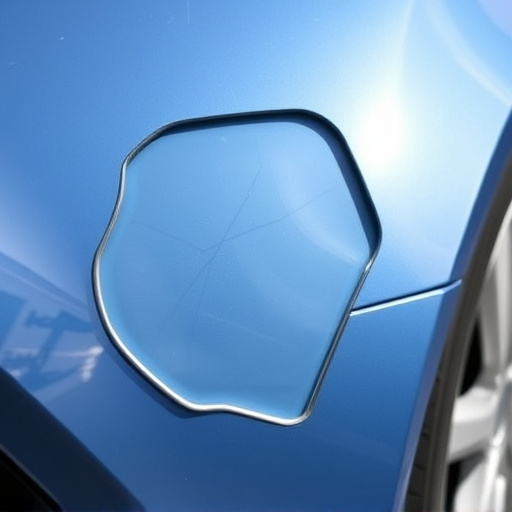
Automotive paint types are diverse, each designed for specific purposes and offering unique properties to cater to various vehicle needs. The market is saturated with options, from standard latex paints to advanced epoxy coatings, all promising superior performance. These paints differ in their composition, application methods, and curing processes, which significantly impact the final finish and durability of a vehicle’s body.
Understanding these automotive paint types is crucial for both professional auto body repair shops and enthusiasts engaging in auto detailing. For instance, two-component paints, often used in high-end finishes, require careful mixing and a specific curing time to achieve optimal results, contrasting with one-coat solutions that offer quicker application but may compromise long-term protection. Choosing the right paint type is essential, considering factors like the vehicle body repair process, desired aesthetics, and environmental conditions, ensuring a durable and visually appealing finish.
The Curing Process Across Different Paints
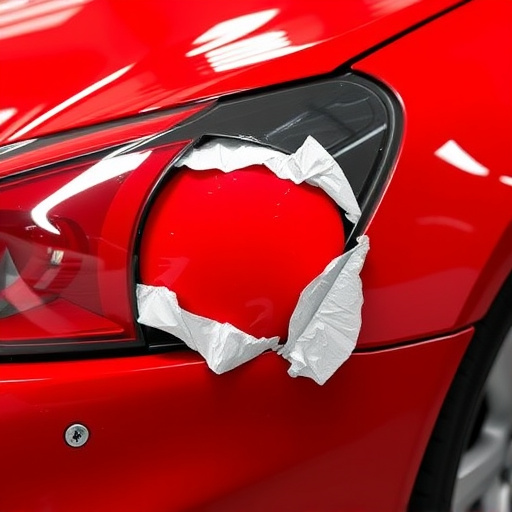
The curing process plays a pivotal role in determining the quality and durability of automotive paint jobs. For instance, while base coats might dry relatively quickly, topcoats across various automotive paint types can take anywhere from 24 to 72 hours to fully cure, depending on factors like temperature, humidity, and the specific chemical composition of the paint. This is where distinctions among automotive paint types truly shine; for example, enamel paints are known for their hard, durable finish that takes longer to cure compared to more modern water-based or urethane paints, which dry faster but may require specific environmental conditions for optimal curing.
Understanding these nuances is crucial when considering car bodywork services, auto frame repair, or a comprehensive car restoration. Different automotive paint types, with their unique curing characteristics, impact not just the appearance of a vehicle but also its long-term protection against elements like UV radiation and corrosion. This knowledge empowers professionals in the industry to recommend suitable paints for specific vehicles and restoration projects, ensuring that every layer—from primer to topcoat—cures optimally to create a flawless, lasting finish.
Impact of curing on Durability and Finish
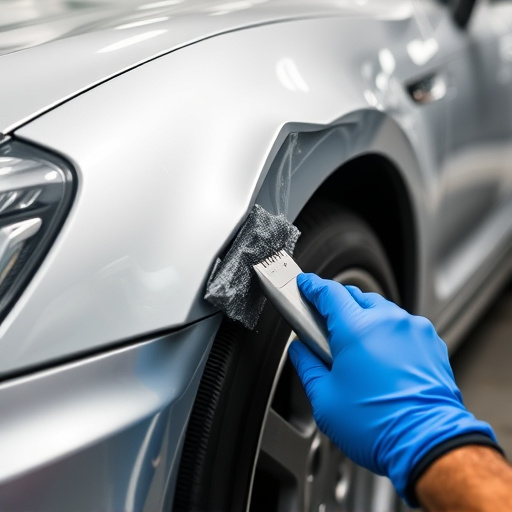
The process of curing plays a pivotal role in determining the durability and finish quality of automotive paint. Different types of automotive paint have distinct curing mechanisms, which significantly influence their performance over time. For instance, while some paints may cure quickly at room temperature, others require heat or UV exposure to set properly. This variation impacts not just the paint’s initial appearance but also its longevity on the vehicle’s bodywork.
In collision repair or auto body repair settings, understanding these differences is crucial. Proper curing ensures that the painted surface becomes hard and durable, resisting chipping, fading, and other forms of damage. Inadequate curing can result in a weak bond between the paint and underlying surface, compromising the entire vehicle bodywork’s aesthetics and structural integrity over time. Thus, selecting the appropriate automotive paint type and ensuring its correct application and curing conditions are essential steps to guarantee both the beauty and long-lasting quality of a repair job.
Automotive paint types, each with unique formulations, exhibit varying curing processes. Understanding how paint cures differently across these types is key to ensuring optimal durability and finish. By appreciating the specific requirements of acrylics, polyurethanes, and epoxies, automotive professionals can achieve long-lasting, high-quality finishes that enhance vehicle aesthetics and protect against environmental damage.
